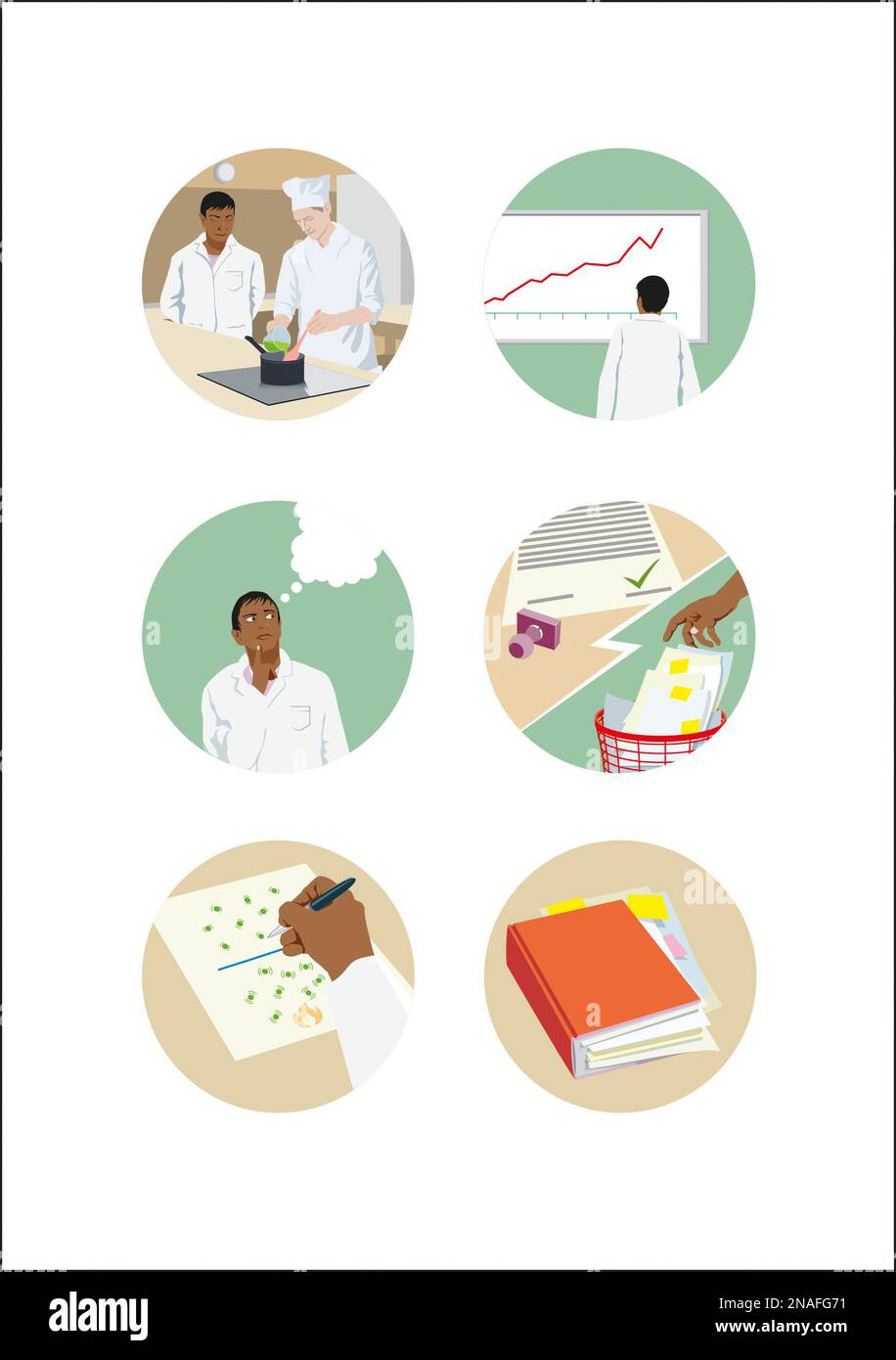Understanding CDA in Real Estate: What It Means for Your Transaction
What Is a CDA in Real Estate?
A Commission Disbursement Authorization (CDA) is a critical document used in real estate transactions to direct how commission payments are to be distributed when a property sale closes. This form outlines which parties receive payment, how much each receives, and under what terms. The CDA is typically generated by the real estate brokerage based on details from the purchase agreement, listing agreement, and any referral or commission split agreements involved in the deal. It is then provided to the closing agent-usually the title or escrow company-so commission funds are disbursed accurately and transparently at closing. [2]
Why Is a CDA Important in Real Estate Transactions?
The CDA serves several essential purposes:
- Ensuring Accurate Payment: By specifying the exact commission splits, the CDA minimizes errors or confusion about who gets paid and how much. [1]
- Preventing Disputes: Clear documentation of commissions reduces the likelihood of disagreements between agents, brokers, and other parties involved. [2]
- Facilitating Compliance: Real estate transactions must comply with state and federal regulations; the CDA helps ensure all payments are processed according to legal and contractual obligations. [3]
For brokerages with multiple agents or teams, the CDA is a key part of a smooth back-office workflow, reducing administrative burden and helping maintain positive relationships among all transaction participants.
Key Components of a CDA
While templates may vary by brokerage or region, a standard CDA form typically includes:

Source: ar.inspiredpencil.com
- Property Address: Identifies the real estate in question.
- Sales Price: The final agreed-upon price for the property.
- Buyer and Seller Information: Names and contact details.
- Agents and Brokerages Involved: Each party’s name and brokerage affiliation.
- Title or Escrow Company: The entity responsible for closing and distributing funds.
- Commission Amounts and Splits: Details on how much each agent or brokerage is to receive.
- Payment Method: Whether payment will be made by check, wire transfer, or another means.
- Additional Fees: Any deductions or credits, such as transaction fees, referral fees, or administrative costs. [1]
Brokerages often have internal policies for CDA preparation, and some use specialized transaction management software to automate the process. [2]
How Does the CDA Process Work?
Understanding how a CDA is created and used can help you navigate any real estate transaction:

Source: cceionline.com
- Deal Agreement: The buyer, seller, and their agents finalize the terms of the sale, including commission details.
- Brokerage Prepares CDA: The brokerage reviews all agreements and prepares the CDA, listing all payment instructions. [2]
- Submission to Closing Agent: The CDA is sent to the title or escrow company before closing. This ensures the closing agent knows how to allocate the commission funds.
- Funds Disbursed at Closing: At closing, the title or escrow company disburses commission checks or wires funds as detailed in the CDA. Agents and brokers receive payment directly, rather than waiting for a post-closing payout. [3]
- Record Keeping: Both the brokerage and the closing agent retain copies of the CDA and payment records for compliance and tax purposes.
In some cases, if the CDA is missing or contains errors, commission payments may be delayed until all issues are resolved.
Common Challenges and How to Avoid Them
Even a well-prepared CDA can encounter obstacles. The most frequent issues include:
- Incomplete or Inaccurate Information: Missing agent names, incorrect commission amounts, or outdated brokerage details can delay payments. Review all deal documents thoroughly before preparing the CDA.
- Late Submission: If the CDA isn’t delivered to the title company before closing, commissions may not be paid at the table. Always confirm deadlines and submit early.
- Discrepancies Between Agreements: If the CDA doesn’t match the purchase agreement or listing contract, the closing agent may put payments on hold. Double-check all agreements for consistency.
To avoid these problems, agents and brokers should develop a clear workflow for CDA preparation and review. Many brokerages assign a transaction coordinator (TC) to oversee these details and communicate between all parties. [2]
Alternative Meanings of CDA in Real Estate
While Commission Disbursement Authorization is the most common meaning of CDA in residential real estate, there are alternative uses of the acronym in industry contexts:
- Collateral Desktop Analysis: In lending, a CDA can refer to a third-party review of a property appraisal, often required by private lenders before loan approval. This process is designed to provide an unbiased assessment and reduce risk for the lender. [4]
- Closing Disclosure Agreement: Sometimes called CDA in the mortgage industry, this document details the final terms of a mortgage loan, including a breakdown of closing costs, and is provided to borrowers for review before closing. [5]
When working with real estate professionals, clarify which version of CDA is relevant to your transaction to avoid confusion.
Step-by-Step Guidance: How to Access and Complete a CDA
If you are an agent, broker, or transaction coordinator, follow these steps to prepare and submit a CDA:
- Gather All Transaction Documents: Collect the purchase agreement, listing agreement, buyer-broker agreement, and any commission split or referral agreements.
- Use Your Brokerage’s CDA Template: Most brokerages provide a CDA template, either as a digital form or printable PDF. If you need a template, contact your brokerage office administrator or transaction management platform.
- Complete Every Section: Fill in property details, agent and brokerage names, commission amounts, payment methods, and any deductions. Double-check for accuracy.
- Submit to the Title/Escrow Company: Send the completed CDA to the designated closing agent before the scheduled closing date. Confirm receipt and verify that all details are understood.
- Confirm Payment at Closing: On closing day, check that commissions are being disbursed as directed. If issues arise, be prepared to provide additional documentation or clarification.
If you are unsure where to get a CDA template or how to fill it out, contact your brokerage’s compliance department or office manager for assistance. Some transaction management platforms also offer automated CDA generation and e-signature capabilities. [2]
Best Practices for Brokers, Agents, and Closing Agents
To ensure a seamless process:
- Always update your brokerage records with current agent contact and payment details.
- Communicate proactively with the title or escrow company to avoid last-minute surprises.
- Train new agents and coordinators on CDA procedures and compliance requirements.
- Use transaction management software to streamline document preparation and tracking.
- Maintain copies of all CDAs for future reference and audit purposes.
These practices help guarantee prompt commission payments and reinforce trust among all parties in the transaction.
What If You Encounter Issues with a CDA?
If you experience delays or errors with commission payments due to a CDA:
- Contact your brokerage’s compliance or accounting department immediately for support.
- Communicate with the title or escrow officer to identify and resolve discrepancies.
- Review all underlying agreements to ensure consistency with the CDA.
- If needed, request an amended CDA and resubmit to the closing agent.
Document all communications and keep records of submissions to protect your interests in case of future disputes.
Summary: Key Takeaways
The CDA is an essential real estate document ensuring agents and brokers receive their fair commission at closing. By providing clear, detailed payment instructions, the CDA streamlines the transaction, promotes transparency, and minimizes the risk of disputes. Understanding how to complete and submit a CDA, as well as recognizing alternative meanings in different contexts, empowers agents, brokers, and clients to navigate real estate transactions with confidence.
References
- [1] CountyOffice.org (2024). What Is CDA In Real Estate? [YouTube Video]
- [2] ReBillion (2025). What is CDA in Real Estate? A TC’s Guide
- [3] airSlate (n.d.). What is commission disbursement form?
- [4] OfferMarket (2024). Collateral Desktop Analysis in Real Estate
- [5] CountyOffice.org (2024). What Is A CDA In Mortgage? [YouTube Video]
MORE FROM searchhole.com













